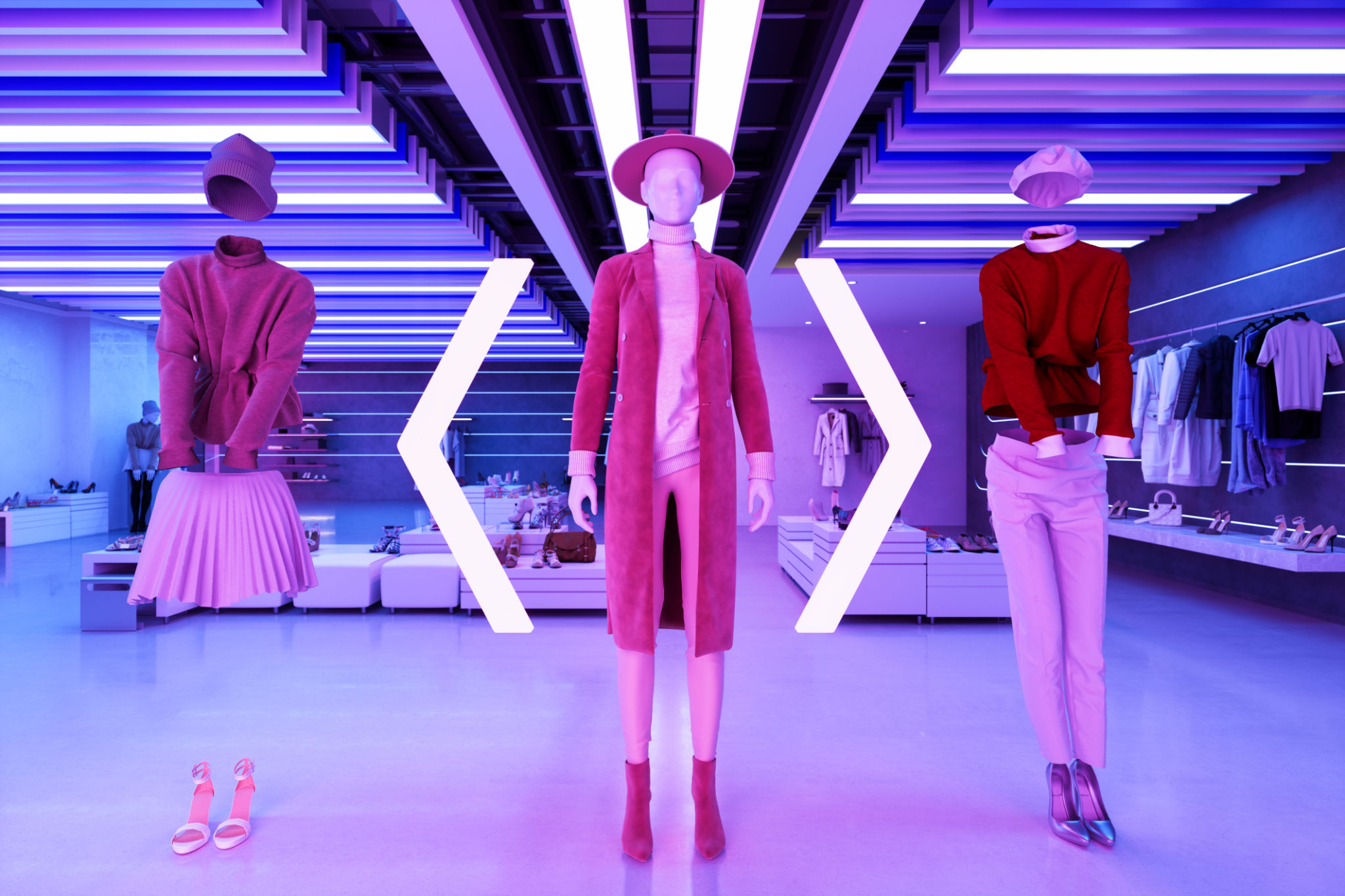Expert Insights: The Latest Trends in Multimedia Design
Embracing Dynamic Storytelling
In the ever-evolving world of multimedia design, dynamic storytelling has emerged as a powerful trend. Designers are leveraging the power of immersive narratives to engage audiences on a deeper level. By combining various media elements such as video, audio, and interactive graphics, designers can create compelling stories that resonate with viewers.
One of the key aspects of dynamic storytelling is the use of interactive elements. These elements allow viewers to become participants in the story, rather than passive observers. This engagement not only enhances user experience but also increases the likelihood of information retention.

Integration of Augmented Reality
Augmented Reality (AR) has seen a significant surge in popularity within multimedia design. AR technology allows designers to overlay digital content onto the real world, creating an immersive experience that captivates audiences. This trend is particularly prominent in industries such as retail, where AR can be used to enhance product visualization.
Designers are now experimenting with AR to create unique brand experiences. From virtual try-ons in fashion to interactive product demonstrations in retail, AR is providing new avenues for creativity and engagement.

Rise of Micro-Animations
Micro-animations have become an essential tool in multimedia design. These subtle animations, often used in web and app interfaces, provide immediate feedback to users and enhance overall usability. By incorporating micro-animations, designers can guide users through complex interactions seamlessly.
Beyond functionality, micro-animations add an element of delight and surprise, contributing to a more enjoyable user experience. This trend highlights the importance of attention to detail in creating polished and professional designs.

Personalized User Experiences
Personalization is at the forefront of multimedia design trends. As users increasingly demand tailored experiences, designers are focusing on creating content that adapts to individual preferences and behaviors. This approach not only improves user satisfaction but also fosters brand loyalty.
Tools such as AI and machine learning are playing a crucial role in delivering personalized experiences. By analyzing user data, designers can create targeted content that resonates with specific audience segments.
Sustainable Design Practices
As environmental awareness grows, sustainable design practices are becoming more prevalent in multimedia design. Designers are prioritizing eco-friendly materials and processes to reduce their carbon footprint. This shift is not only beneficial for the environment but also aligns with the values of many consumers.
Sustainable design extends beyond materials to include digital practices as well. Designers are optimizing websites and digital media for energy efficiency, reducing data load times, and minimizing unnecessary resource consumption.

The Future of Multimedia Design
The trends outlined above indicate a vibrant future for multimedia design, where creativity and technology intersect to create innovative solutions. As these trends continue to evolve, designers will have unparalleled opportunities to push boundaries and redefine the way stories are told.
Staying ahead of these trends requires continuous learning and adaptation. For designers seeking to make a mark in this dynamic field, embracing these trends is essential to crafting engaging and impactful multimedia experiences.

